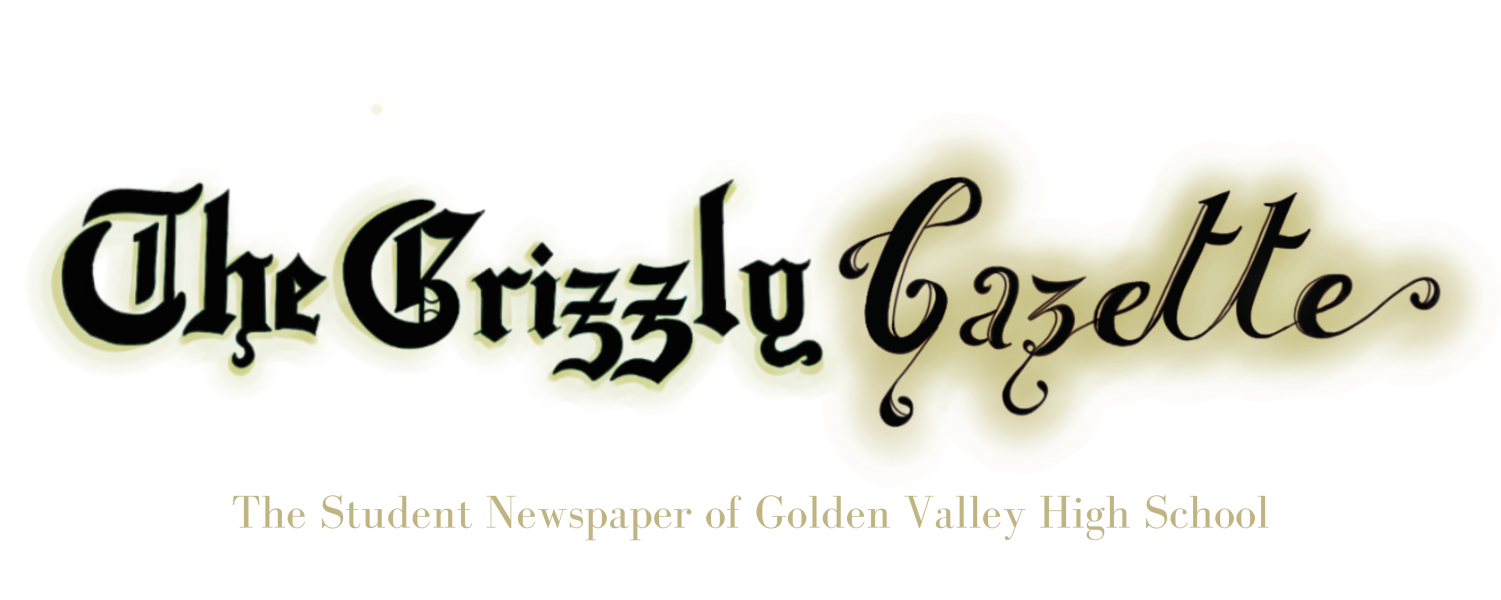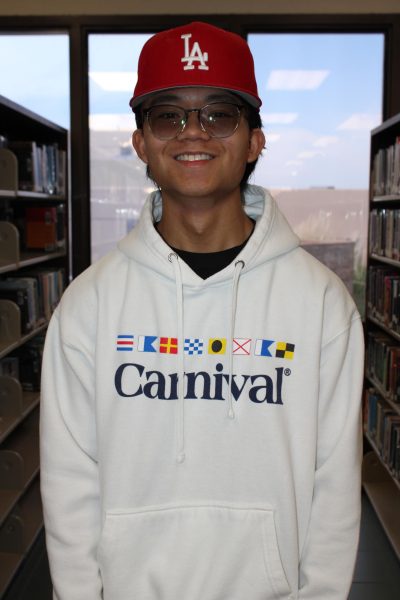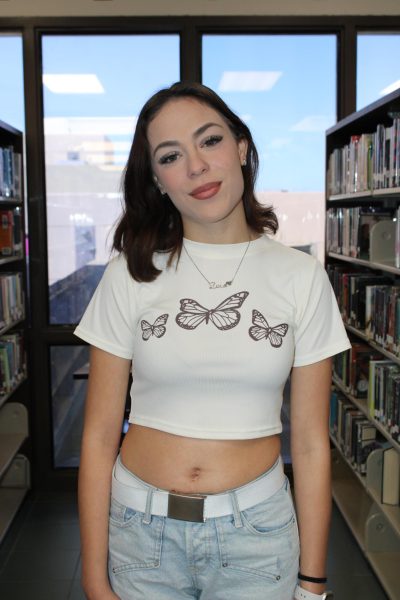“Understanding is the least important thing when it comes to digging jazz because, like anything else, jazz is a form of entertainment. It is created to be enjoyed, not understood like you read a blueprint.” This is Julian “Cannonball” Adderley, one of the greatest musicians in ALL of human history.
Ian Vo, a private jazz educator, saxophonist, and musician in the Los Angeles/Santa Clarita area talks about Cannonball Adderley: “He used his immense popularity at the time and his background as a school teacher to educate the masses that came to hear him. He gave people what they came to hear, but also what they needed to hear. And he did all that while coming off as entertaining. Not preachy.”
Pure joy, and the complete expression of the human soul that filled any environment he happens to play in, would be proper descriptions of his music.
Born on September 15, 1928 in Tampa, Florida, Julian Adderley had a very interesting childhood. Due to his fondness of nourishing himself, friends nicknamed him “Cannibal”, which would eventually lead to his stage name of “Cannonball” Adderley.
His father, Julian Carlyle Adderley, was a guidance counselor, and cornet player, while his mother, Jessie Johnson, was an elementary school teacher. With this in mind, it is important to acknowledge that he came from a family of educators. He initially wanted to play tenor saxophone, but since both money and instruments were scarce during World War II, Julian ended up buying a beat-up alto.
In the early 1940’s, he moved to Tallahassee when his parents got teaching positions at Florida A&M University. Both Julian and his brother Nathaniel Adderley played with Ray Charles. In 1948, they went from Tallahassee to Broward County, after finishing his music studies at Florida A&M.
Here, he became a high school band director at Dillard High School in Fort Lauderdale in the late 1940s. He kept this position until 1950, where he was then drafted into the U.S. Army during the Korean War, serving as leader of the 36th Army Dance Band.
They would eventually wound up being stationed in Washington D.C. Several other notable jazz musicians in this band were trombonist Curtis Fuller, and Julian’s brother Nathaniel, who played trumpet. Cannonball led his own band while studying music in the U.S. Navy School of Music, and then led an Army Band while stationed at Fort Knox, Kentucky.
After both him and his brother Nathaniel (Nat) came out of the military, he was faced with a massive decision in his life, which was either to stay in a comfortable job as a band director at a high school, or pursue his dreams by moving to New York. This is something many people are faced with, and yet many choose comfort rather than pursuing what they are really called to do. This was not Nat’s or Julian’s decision.
Julian “Cannonball” Adderely moved to New York in 1955. His brother, Nathaniel “Nat” Adderely went too. They initially enrolled in graduate studies at New York conservatories, but quickly became too busy playing gigs to attend a class.
One night in 1955, he brought his saxophone with him to Cafe Bohemia. Cannonball was asked to sit in with bassist Oscar Pettiford in place of his band’s regular saxophonist, who was late for the gig. Julian was called up to sit in on “I Remember April.” Then, like a supernova, the “buzz” on the New York jazz scene absolutely erupted after Adderley’s performance, and it announced him as the heir to the mantle of Charlie “Bird” Parker, who was the most influential saxophone player of all time.
Even though he was already making waves on the New York scene, Cannonball decided to leave New York and return to his teaching position in Fort Lauderdale. However, soon he came back to the city.
Adderley’s style on alto was influenced by Charlie “Bird” Parker, Benny Carter, Louis Jordan and Eddie “Cleanhead” Vinson, Count Basie, and Duke Ellington. Adderley became a big influence on the entire jazz scene, and his technical virtuosity is admired even today. Additionally, he was also a soulful ballad player, embodying the spirit of the blues, with emotion in its entirety.
Despite people trying to paint him as the next “Bird,” Julian had an exuberant, joyful, and soulful sound that filled every room he played in. Adderley formed his own group with his brother, Nat on cornet, pianist Junior Mance, and bassist Sam Jones while on the Savoy Jazz Label in 1955. Even though the group struggled economically, recordings made by the group were admired later. He was noticed by Miles Davis, who featured him in the Miles Davis sextet alongside John Coltrane (“Trane”), Red Garland, Bill Evans, and Wynton Kelly from 1957-1959.
“I felt that Cannonball’s blues-rooted alto sax up against Trane’s harmonic, chordal way of playing, his more free-form approach, would create a new kind of feeling,” Miles explained in his autobiography.
Even before officially joining Davis, they appeared together on Adderley’s 1958 Blue Note release, Somethin’ Else, in which they had recorded shortly after they met. They are joined on this album by pianist Hank Jones, bassist Sam Jones, and drummer Art Blakey on some songs like “Autumn Leaves” and “Love for Sale.”
Miles and Julian’s 18-month time together was one of the most successful periods for both of them. Playing in Davis’s sextet alongside saxophone legend John Coltrane, Adderley was on the albums Milestones (1958) and Kind of Blue (1959).
Adderley’s musical output with Davis is amazing given the short time the group was together. Adderley managed the band’s finances, and “recommended that Davis hire pianist Bill Evans and drummer Jimmy Cobb before the Kind of Blue sessions” (Biography).
In 1959, the group along with pianist Bill Evans went to record the sessions that became Kind of Blue. This album set the tone for an entire genre named modal jazz, however loosely defined that category became. In the “nexus of Evans’s impressionistic harmonies, Coltrane’s innovative technique, Adderley’s blues-driven solos”, (Biography), coupled with Davis’ leadership, they created one of the most legendary pieces of music.
This can be heard on the modal classics “So What”, “All Blues,”, and “Flamenco Sketches,” which has nothing to do with Flamenco, but rather is a somber, peaceful, intensely spiritual ballad.
Black history in the 1950s involved migration, urbanization, and lots of change in general. Cannonball’s music became part of the soundtrack for the 1950s and beyond.
Adderley left Davis to form his own group again in 1959, with Nat on cornet and trumpet, Bobby Timmons on piano, and Sam Jones on bass. The band recorded the album Cannonball Adderley Quintet in San Francisco, and in 1960, the same band released a second West-Coast live album, The Cannonball Adderley Quintet at the Lighthouse.
Adderley suffered from diabetes most of his life. In July 1975, Adderley suffered a stroke from a cerebral hemorrhage. Four weeks later, on August 8th, 1975, he died at the St. Mary Methodist Hospital in Gary, Indiana, at 46 years old. He was outlived by his wife Olga James Adderley, parents Julian C. and Jessie L. Adderley, and brother Nat Adderley. He was buried in the Southside Cemetery in Tallahassee, Florida.
Julian “Cannonball” Adderley had an amazing career that had many landmarks, and innovative highlights. His legacy will be remembered for as long as jazz is remembered. He will not only be remembered as one of the greatest jazz musicians of all time, but as one of the greatest musicians, regardless of the genre. However, it is important to note the quote referenced at the beginning of this document, that despite his virtuosity and technique, the main thing he wanted the audience to feel was joy. That is something that we can all take from Cannonball Adderley.
Sources:
https://en.wikipedia.org/wiki/Cannonball_Adderley
https://www.britannica.com/biography/Cannonball-Adderley
https://cannonballadderley.jazzgiants.net/biography/
https://cannonball-adderley.com/bio2.htm
https://americanhistory.si.edu/explore/stories/julian-cannonball-adderley-saxophone
https://www.allaboutjazz.com/musicians/cannonball-adderley/




